Solar Roads - The Future of Green Infrastructure?
Imagine driving down a road that not only gets you from point A to point B but also generates clean energy while you travel. This is not a scene from a sci-fi movie; it is the exciting reality of solar roads. As our world becomes increasingly aware of the need for sustainable solutions, solar roads present a compelling case for the future of green infrastructure. These innovative roadways are embedded with photovoltaic cells, allowing them to harness the power of the sun while serving their primary function as transportation routes. But what exactly are solar roads, and what potential do they hold for our cities and communities?
Solar roads represent a groundbreaking approach to urban planning and energy generation. The concept combines traditional road surfaces with advanced technology, creating a dual-purpose infrastructure that can significantly impact our energy landscape. Not only do they promise to generate renewable energy, but they also offer an opportunity to reduce our carbon footprints and contribute to a more sustainable future. The primary objective of solar roads is to integrate energy production into everyday life, making it a seamless part of our daily routines.
While the idea of solar roads is captivating, it also raises questions about practicality and implementation. Are these roads durable enough to withstand the wear and tear of everyday traffic? How do they compare in cost to traditional road construction? These are just a few of the challenges that need to be addressed as we explore this innovative solution. As we delve deeper into the benefits and challenges of solar roads, it becomes clear that they could play a pivotal role in shaping our urban landscapes for generations to come.
In the following sections, we will explore the numerous benefits of solar roads, including their environmental impact, energy efficiency, and economic considerations. We'll also address the challenges that come with this technology, including technical limitations and cost-benefit analyses. By examining real-world applications and case studies, we can gain insight into the practical implications of solar roads and their potential to revolutionize our infrastructure.
So, buckle up as we embark on this journey into the future of green infrastructure. The road ahead is bright, and it just might be paved with solar panels!
- What are solar roads made of? Solar roads are typically constructed using durable materials embedded with photovoltaic cells that capture sunlight and convert it into electricity.
- How much energy can solar roads generate? The energy generation potential of solar roads depends on factors such as sunlight exposure, the efficiency of the photovoltaic cells, and the size of the road.
- Are solar roads cost-effective? While the initial installation costs can be high, solar roads may provide long-term savings through energy generation and reduced maintenance costs.
- What are the environmental benefits of solar roads? Solar roads can help reduce greenhouse gas emissions, promote cleaner energy sources, and mitigate the urban heat island effect.
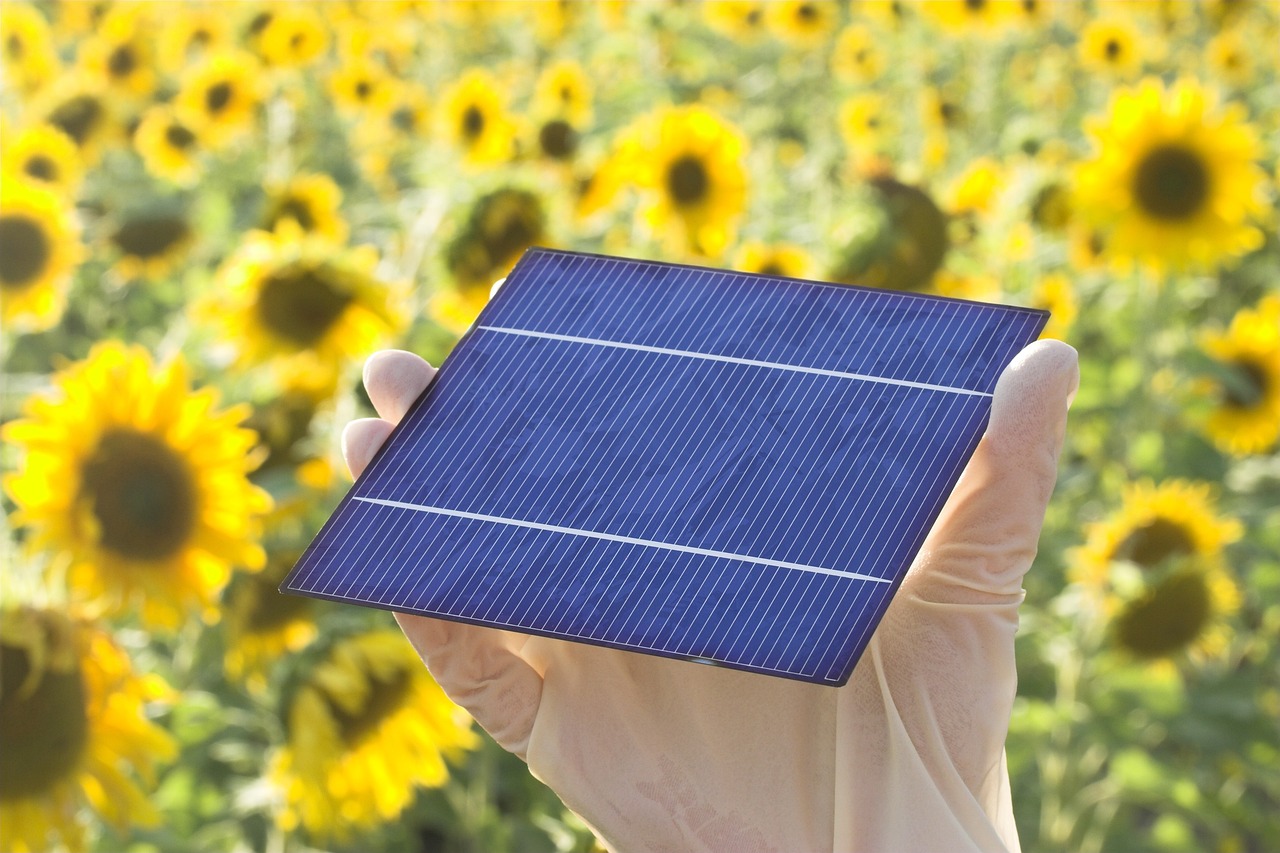
What Are Solar Roads?
Solar roads are a groundbreaking concept designed to revolutionize the way we think about infrastructure. Imagine driving on a road that not only gets you from point A to point B but also generates electricity as you travel! Solar roads are essentially road surfaces embedded with photovoltaic cells, which are the same technology used in traditional solar panels. These cells are engineered to convert sunlight into usable energy while maintaining the structural integrity necessary for vehicular traffic.
The primary objective of solar roads is to create a dual-purpose surface that enhances our energy landscape without compromising the functionality of our roadways. This innovation is not just a dream; it is a practical solution to some of the pressing challenges we face today, including energy scarcity and environmental concerns. The design of solar roads involves a combination of durable materials and advanced technology, ensuring they can withstand the wear and tear of everyday use while efficiently capturing solar energy.
In terms of structure, solar roads are typically made up of several layers, including:
- Top Layer: A transparent, high-strength material that protects the photovoltaic cells from damage while allowing sunlight to penetrate.
- Photovoltaic Layer: The heart of the solar road, where sunlight is converted into electricity.
- Base Layer: A sturdy foundation that provides stability and support for the road.
But it doesn't stop there! The potential applications of solar roads extend beyond just energy generation. They can be integrated with smart technology to provide real-time data on traffic conditions, road safety, and even weather changes. This means that solar roads could not only power our cities but also make our transportation systems smarter and more efficient.
As we delve deeper into the world of solar roads, it becomes clear that they represent a significant step forward in our quest for sustainable urban development. By harnessing the power of the sun, we can create a cleaner, greener future for generations to come. The question is: are we ready to embrace this innovative technology and pave the way for solar roads to become a reality?
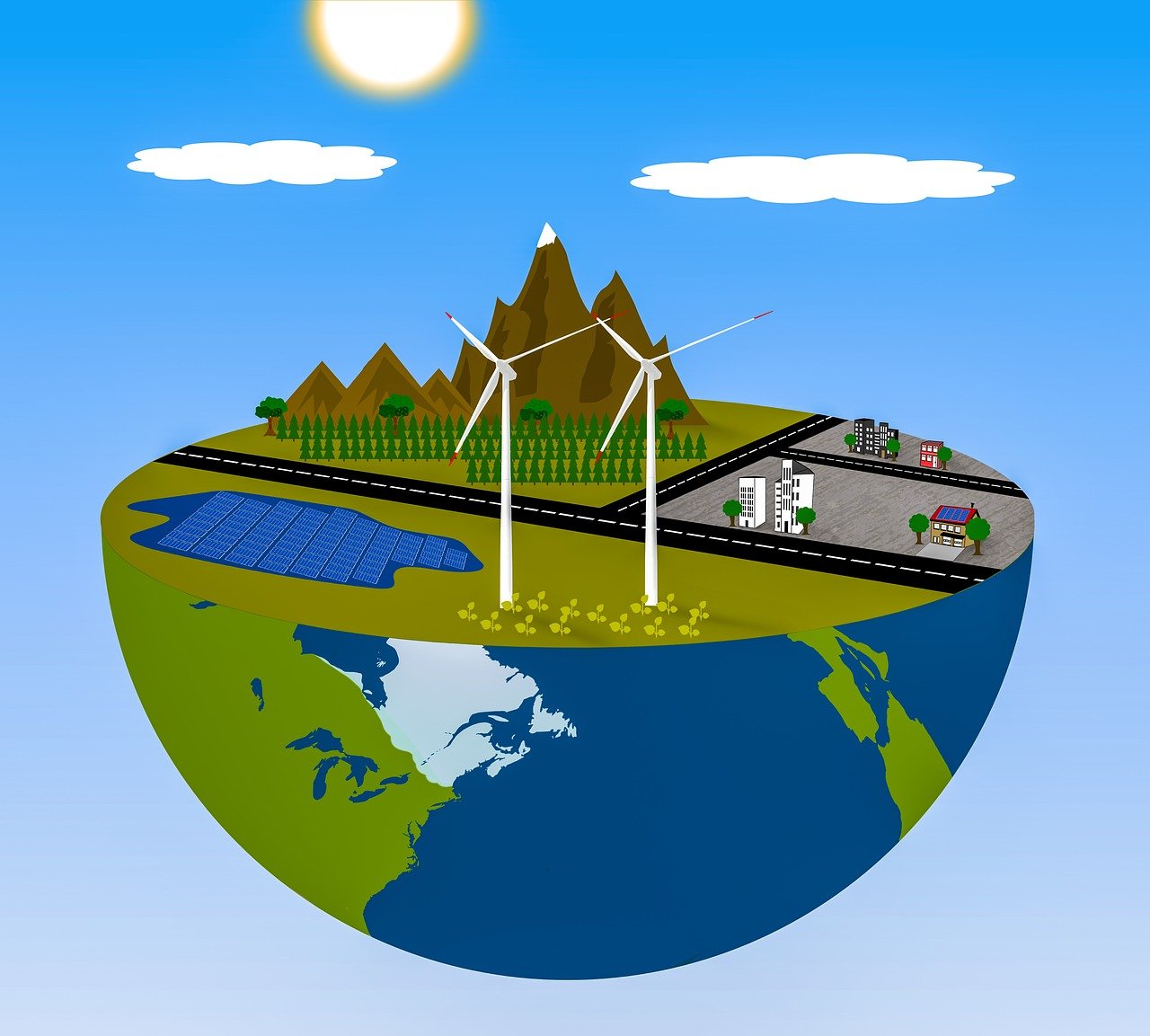
Benefits of Solar Roads
Solar roads are not just a futuristic concept; they represent a remarkable leap towards sustainable urban infrastructure. Imagine driving on a road that not only takes you from point A to point B but also generates clean energy while you travel. This dual functionality is one of the most significant advantages of solar roads. By embedding photovoltaic cells into road surfaces, these innovative structures can harness the sun's energy, contributing to a greener environment and reducing our reliance on fossil fuels.
One of the primary benefits of solar roads is their ability to generate renewable energy. This is crucial in our fight against climate change. By converting sunlight into electricity, solar roads can power streetlights, traffic signals, and even electric vehicle charging stations. Imagine a city where the roads themselves contribute to energy needs! This renewable energy generation not only reduces carbon footprints but also provides a sustainable energy source for local communities.
Moreover, solar roads can significantly reduce urban heat islands. Cities are notorious for being hotter than surrounding rural areas due to human activities and the concentration of buildings and roads. Solar roads can mitigate this effect by using reflective materials and integrating vegetation. This not only cools the urban environment but also enhances the aesthetic appeal of roadways. The combination of energy generation and temperature regulation makes solar roads a dual-purpose solution that benefits both the environment and urban dwellers.
Let's not forget about the potential cost savings associated with solar roads. While the initial installation costs may be higher than traditional asphalt roads, the long-term savings can be substantial. Municipalities can save on energy costs by utilizing the electricity generated from these roads. Furthermore, the maintenance costs could be lower due to the durability of the materials used in solar road construction, which are designed to withstand heavy traffic and weather conditions.
In addition, solar roads can create new economic opportunities. By generating energy, they can provide revenue streams for local governments through energy sales or leasing agreements with energy companies. This means that not only can solar roads help cities save money, but they can also become a source of income. The potential for job creation in the installation, maintenance, and management of solar road projects is another significant benefit, contributing to local economies.
In summary, the benefits of solar roads extend beyond just renewable energy generation. They offer a multifaceted approach to urban planning that addresses environmental, economic, and social challenges. As cities continue to grow and face the impacts of climate change, solar roads may very well be a key solution in creating sustainable, livable urban spaces for future generations.
- What are solar roads made of? Solar roads are constructed using durable materials embedded with photovoltaic cells that convert sunlight into electricity.
- How efficient are solar roads? The efficiency of solar roads can vary based on technology, but ongoing research aims to improve their energy conversion rates.
- Are solar roads cost-effective? While initial costs may be high, the long-term savings on energy and maintenance can make them economically viable.
- Can solar roads withstand heavy traffic? Yes, solar roads are designed to be durable and can handle significant weight and traffic similar to traditional roads.
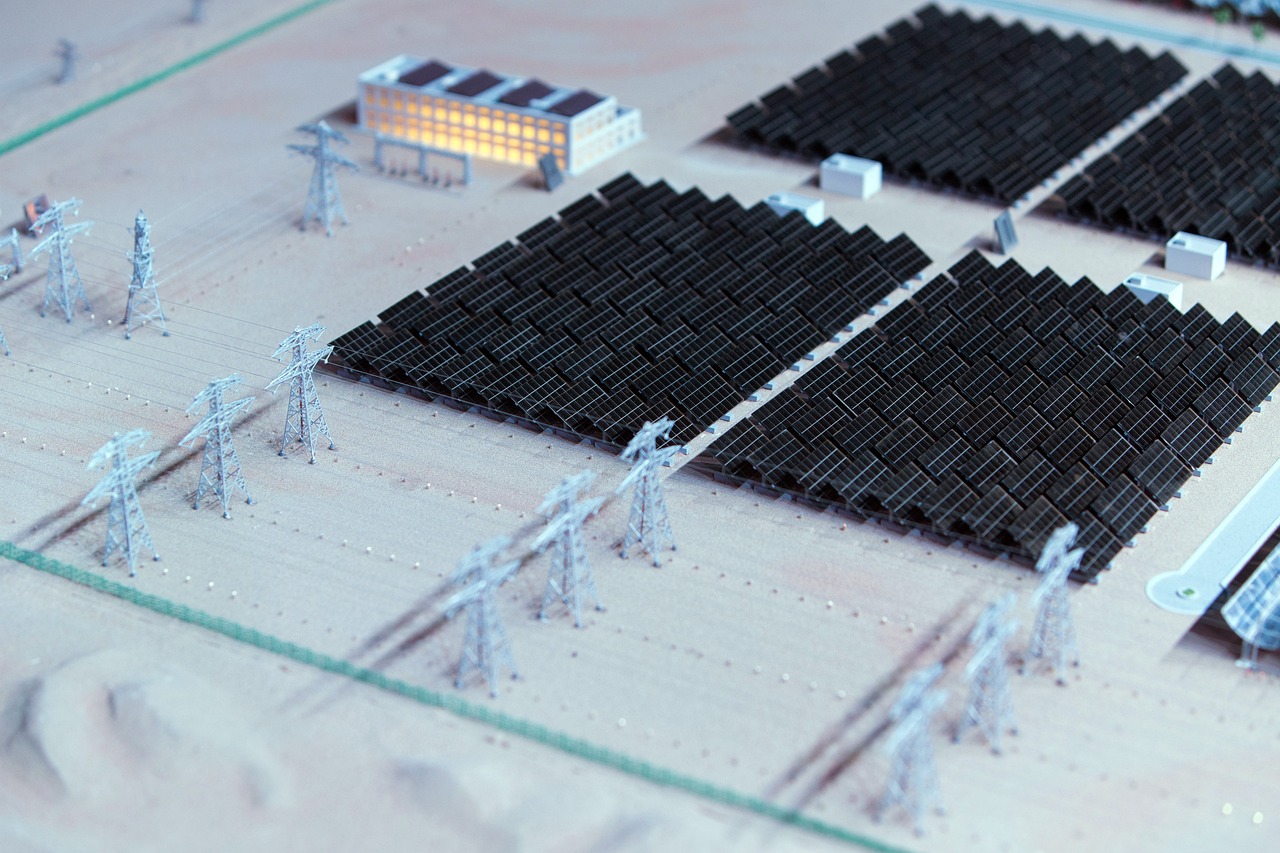
Environmental Impact
The environmental impact of solar roads is profound, as they represent a significant leap toward sustainable infrastructure. By integrating photovoltaic cells into roadways, these innovative surfaces not only serve their primary function of transportation but also harness the sun's energy to generate electricity. Imagine driving on a road that not only takes you to your destination but also contributes to the fight against climate change. This dual-purpose functionality is a game-changer for urban development and energy consumption.
One of the most compelling advantages of solar roads is their potential to reduce greenhouse gas emissions. Traditional energy sources, such as fossil fuels, are major contributors to air pollution and climate change. By generating clean, renewable energy directly from the roads we drive on, solar roads can help lower our reliance on these harmful energy sources. A study showed that if solar roads were implemented on just 25% of the roadways in the United States, they could produce enough energy to power approximately 9.5 million homes annually. That's a staggering number!
Moreover, solar roads can play a crucial role in promoting cleaner energy sources. As cities continue to grow, the demand for energy increases, leading to higher emissions if we continue to rely on conventional methods. Solar roads can help alleviate this pressure by providing a decentralized energy generation system that feeds directly into the grid. This not only enhances energy security but also encourages the adoption of renewable energy technologies across various sectors.
Another aspect of the environmental impact is related to the urban heat island effect. Urban areas tend to be significantly warmer than their rural counterparts due to human activities and infrastructure. Solar roads can mitigate this effect through the use of reflective materials and vegetation. By reflecting sunlight rather than absorbing it, solar roads can help keep urban temperatures down, contributing to a more comfortable living environment. This cooling effect can lead to reduced energy consumption for air conditioning, further decreasing greenhouse gas emissions.
To illustrate the potential benefits of solar roads, consider the following table that summarizes their environmental contributions:
| Environmental Benefit | Description |
|---|---|
| Reduction in Greenhouse Gas Emissions | Lower reliance on fossil fuels leads to cleaner air and reduced climate change impact. |
| Promotion of Renewable Energy | Decentralized energy generation supports energy security and sustainability. |
| Mitigation of Urban Heat Island Effect | Reflective surfaces help cool urban areas, reducing energy consumption for cooling. |
In summary, the environmental impact of solar roads extends far beyond just generating electricity. They offer a multifaceted solution to some of the most pressing environmental challenges we face today. By reducing emissions, promoting renewable energy, and mitigating urban heat, solar roads could very well pave the way for a greener, more sustainable future.
- What are solar roads made of? Solar roads are typically constructed using durable materials embedded with photovoltaic cells that capture sunlight and convert it into electricity.
- How much energy can solar roads generate? The energy output of solar roads varies based on location, sunlight exposure, and design, but estimates suggest they could power millions of homes if implemented widely.
- Are solar roads durable? While solar roads are designed to withstand traffic and weather conditions, ongoing research is focused on improving their durability and lifespan.
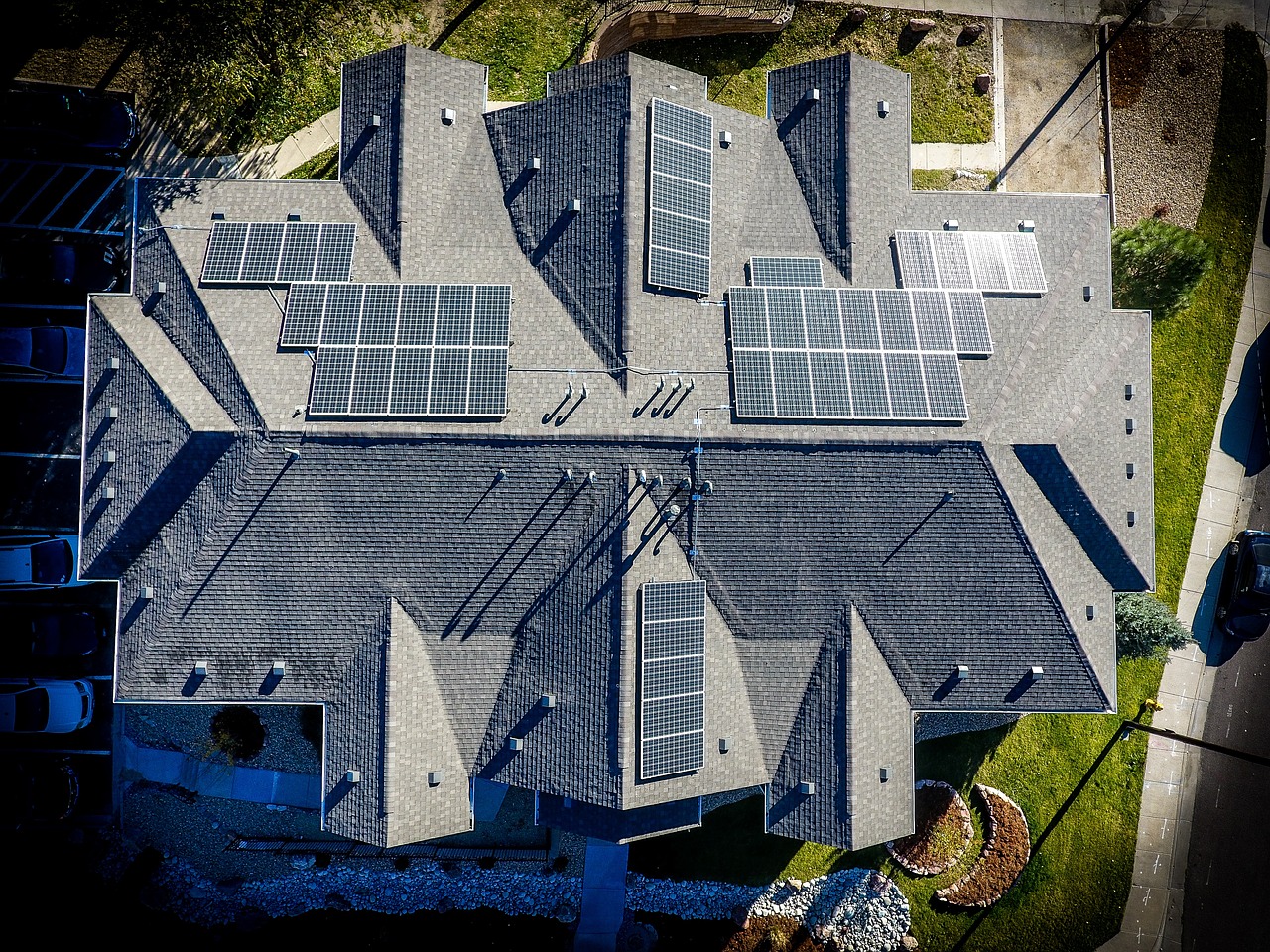
Energy Efficiency
When we talk about in the context of solar roads, we’re diving into a realm that could redefine how we think about energy generation and consumption. Imagine driving on a road that not only takes you from point A to point B but also powers your home and electric vehicles. That's the promise of solar roads! These innovative surfaces, embedded with photovoltaic cells, harness the sun's energy while providing a durable driving surface. But how efficient are they, really?
The efficiency of solar roads largely depends on the type of photovoltaic technology used. Currently, the most common types of solar panels employed in these projects include monocrystalline, polycrystalline, and thin-film solar cells. Each type has its own efficiency rates and characteristics:
| Type of Solar Cell | Efficiency Rate | Advantages | Disadvantages |
|---|---|---|---|
| Monocrystalline | 15-22% | High efficiency, long lifespan | Higher cost |
| Polycrystalline | 13-16% | More affordable, decent efficiency | Less efficient than monocrystalline |
| Thin-film | 10-12% | Flexible, lightweight | Lower efficiency, shorter lifespan |
As you can see from the table, the efficiency rates can vary significantly. Monocrystalline panels, while more expensive, offer the highest efficiency, making them a popular choice for solar road projects aiming for maximum energy output. However, the choice of technology often depends on various factors, including cost constraints, local climate conditions, and the specific energy needs of the area.
Moreover, the installation of solar roads can lead to an increase in overall energy efficiency for urban areas. By generating electricity right where it's consumed, we reduce the need for extensive power transmission systems that can be both costly and energy-wasting. This localized generation model not only cuts down on energy loss but also supports the concept of smart cities, where infrastructure and technology work hand in hand to optimize energy use.
Another aspect to consider is the potential for energy storage. Many solar road projects are exploring ways to integrate battery storage systems that can store excess energy generated during sunny days for use during the night or cloudy periods. This capability can significantly enhance the overall energy efficiency of solar roads, making them a more reliable source of power.
In conclusion, while solar roads are still in their infancy, the advancements in technology and the potential for energy efficiency are incredibly promising. As we continue to innovate and improve the materials and systems used in solar roads, we may very well see a future where our roads not only transport us but also power our lives.
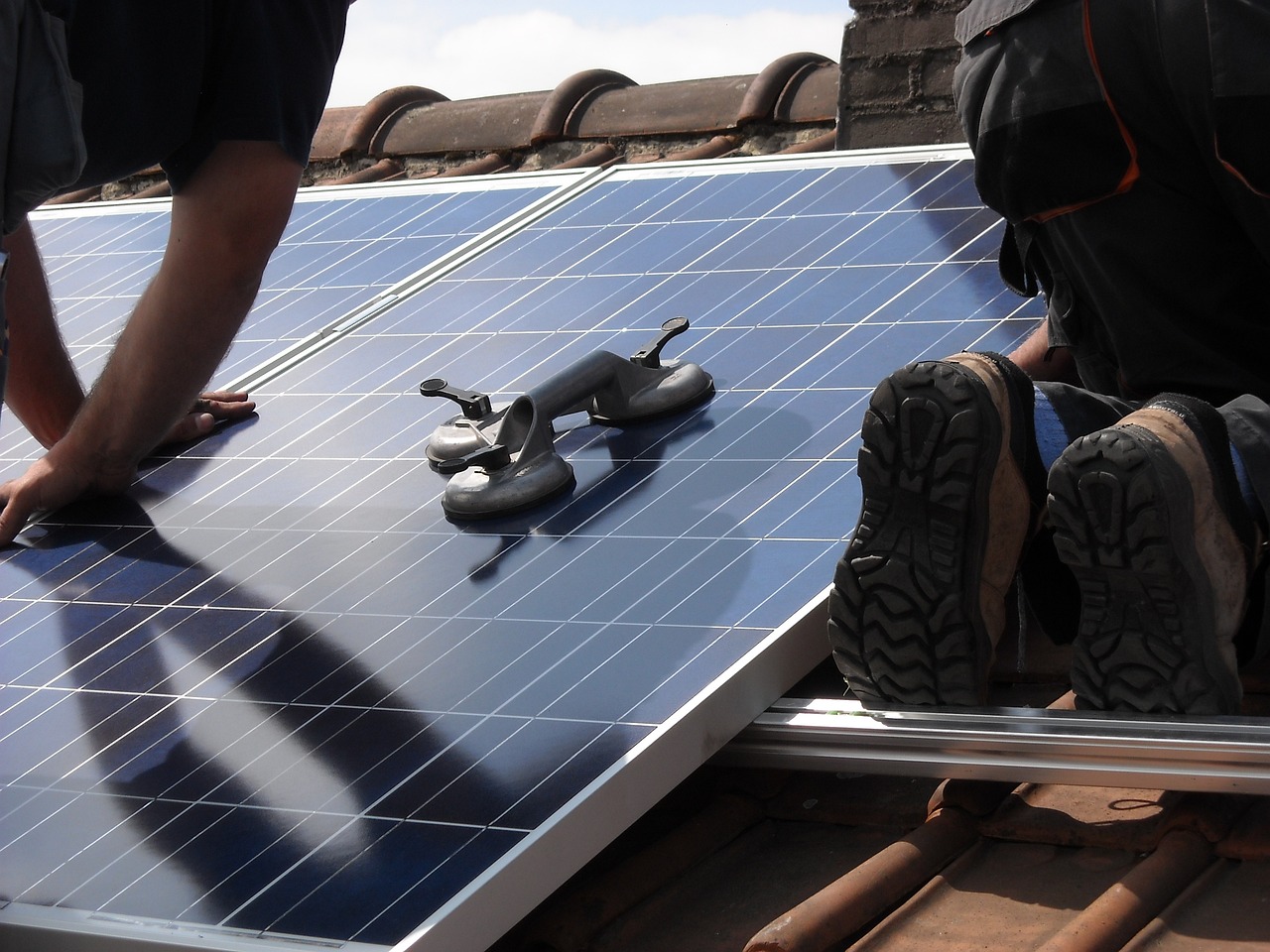
Urban Heat Island Effect
The is a phenomenon where urban areas experience significantly higher temperatures than their rural surroundings. This is primarily due to human activities, infrastructure, and the materials used in city planning. Imagine stepping into a city on a scorching summer day; the concrete and asphalt radiate heat, creating a stifling environment. Fortunately, solar roads present an innovative solution to combat this issue.
One of the remarkable features of solar roads is their potential to incorporate reflective materials and vegetation, which can help mitigate the urban heat island effect. By using lighter-colored surfaces and integrating green spaces, solar roads can reflect sunlight rather than absorb it, thereby cooling the surrounding environment. This not only enhances the comfort of city dwellers but also reduces the need for excessive air conditioning, leading to lower energy consumption.
Furthermore, studies have shown that areas equipped with solar roads can experience a drop in local temperatures. For instance, a recent study highlighted that cities implementing solar road technology saw a temperature reduction of up to **5 degrees Celsius** compared to traditional asphalt roads. This decrease can significantly impact overall urban climate, promoting a healthier living environment.
Moreover, the integration of vegetation alongside solar roads can provide shade, further cooling the area. The combination of solar panels and green spaces creates a microclimate that not only absorbs carbon dioxide but also improves air quality. It's like creating a small oasis in the midst of a concrete jungle!
In summary, solar roads hold the promise of alleviating the urban heat island effect while generating renewable energy. By transforming our roadways into multifunctional spaces, we can tackle the challenges of urban heat, enhance energy efficiency, and contribute to a more sustainable future.
- What are solar roads? Solar roads are road surfaces embedded with photovoltaic cells that generate electricity while serving as functional roadways.
- How do solar roads reduce urban heat? They utilize reflective materials and vegetation to lower surface temperatures, mitigating the urban heat island effect.
- Are solar roads economically viable? While installation costs can be high, they offer long-term savings through energy generation and reduced cooling needs.
- What are the main challenges of solar roads? Challenges include high initial costs, durability concerns, and energy conversion efficiency limitations.

Economic Considerations
The implementation of solar roads brings a myriad of that municipalities and governments must take into account. While the initial investment for solar road technology can be daunting, the long-term benefits could potentially outweigh these costs. Imagine a future where roads not only serve as pathways for vehicles but also generate clean energy that can power streetlights, traffic signals, and even nearby buildings. This dual functionality could lead to significant cost savings over time.
One of the primary economic factors to consider is the installation cost. Solar roads require advanced materials and technology, which can make them more expensive than traditional road construction. However, as technology advances and production scales up, these costs are expected to decrease. Additionally, it’s essential to think about maintenance expenses. Unlike conventional roads, solar roads need regular upkeep to ensure that the photovoltaic cells remain effective and that the surface is safe for vehicles. This ongoing maintenance can be a financial burden if not carefully managed.
Another critical aspect is the potential for revenue generation. Solar roads can provide a new source of income through the sale of excess electricity generated back to the grid. This could create a revenue stream for local governments, helping to offset the initial costs and maintenance expenses. Moreover, the energy produced could be used to power municipal services, further reducing operational costs.
To illustrate the economic impact, consider the following table that summarizes the key financial factors associated with solar road projects:
| Factor | Initial Costs | Maintenance Costs | Potential Revenue |
|---|---|---|---|
| Installation | High | Moderate | N/A |
| Maintenance | N/A | Ongoing | N/A |
| Energy Generation | N/A | N/A | Variable |
In conclusion, while the economic considerations surrounding solar roads may appear challenging at first glance, the potential for long-term savings and revenue generation makes them an attractive option for sustainable urban development. With careful planning and investment, solar roads could pave the way for a greener and more economically viable future.
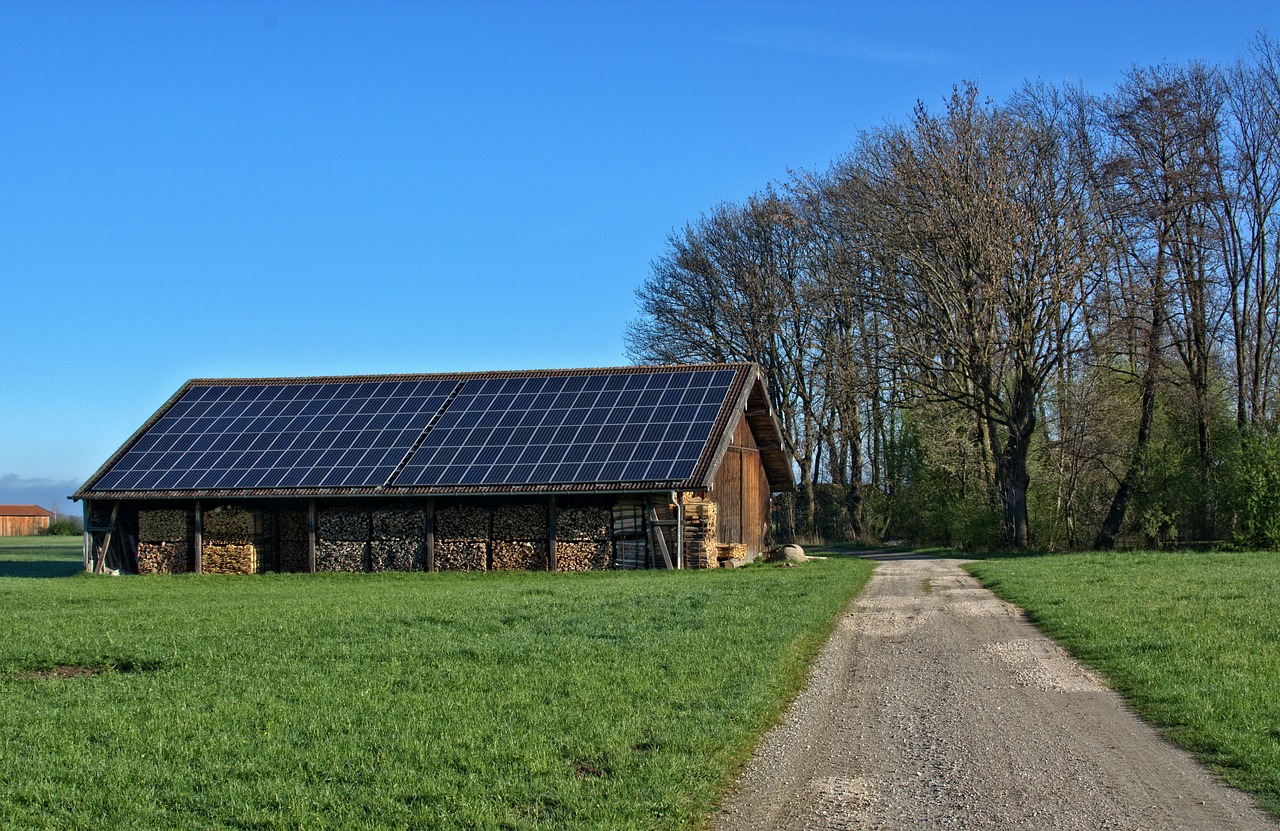
Challenges Facing Solar Roads
While the concept of solar roads is undeniably exciting, there are several challenges that need to be addressed before they can become a mainstream solution for sustainable infrastructure. One of the primary hurdles is the high installation costs. Building roads with embedded photovoltaic cells requires significant investment compared to traditional road construction methods. This financial barrier can deter municipalities and governments from pursuing solar road projects, especially when budgets are tight.
Moreover, the durability of solar roads is a major concern. Roads are subjected to heavy traffic loads, harsh weather, and other environmental factors that can wear down even the toughest materials. The photovoltaic cells must not only be efficient but also resilient enough to withstand these conditions over time. If the solar panels break or degrade, it could lead to costly repairs and undermine the entire purpose of the solar road.
Another significant issue is the technological limitations associated with current solar technologies. The energy conversion efficiency of solar cells varies widely, and many existing technologies may not produce enough energy to justify the investment in solar roads. Researchers are actively working on improving these technologies, but until breakthroughs are made, the effectiveness of solar roads may remain limited.
In addition to these challenges, there are also regulatory and logistical hurdles. Implementing solar roads requires coordination between various stakeholders, including government agencies, construction companies, and energy providers. This can complicate project timelines and increase costs. Moreover, the integration of solar roads into existing urban infrastructure poses its own set of challenges, such as ensuring compatibility with current road designs and traffic systems.
To summarize, the challenges facing solar roads can be categorized as follows:
- High Installation Costs: Significant upfront investment required.
- Durability Issues: Vulnerability to environmental wear and tear.
- Technological Limitations: Current solar technology may not be efficient enough.
- Regulatory and Logistical Hurdles: Coordination among multiple stakeholders can complicate projects.
Despite these challenges, the potential benefits of solar roads continue to drive research and development in this field. As technology advances and costs decrease, we may soon see solar roads become a viable option for cities around the world.
Q: What are the main benefits of solar roads?
A: Solar roads can generate renewable energy, reduce carbon footprints, and potentially save costs in the long run.
Q: How durable are solar roads?
A: Durability varies depending on the materials used and the technology employed, but concerns exist regarding their ability to withstand heavy traffic and harsh weather.
Q: What are the costs associated with solar roads?
A: The initial installation costs can be high, but potential long-term savings and energy generation may offset these expenses over time.
Q: Are there any successful examples of solar roads?
A: Yes, there are several innovative projects worldwide that have demonstrated the effectiveness of solar roads in generating energy and benefiting local communities.
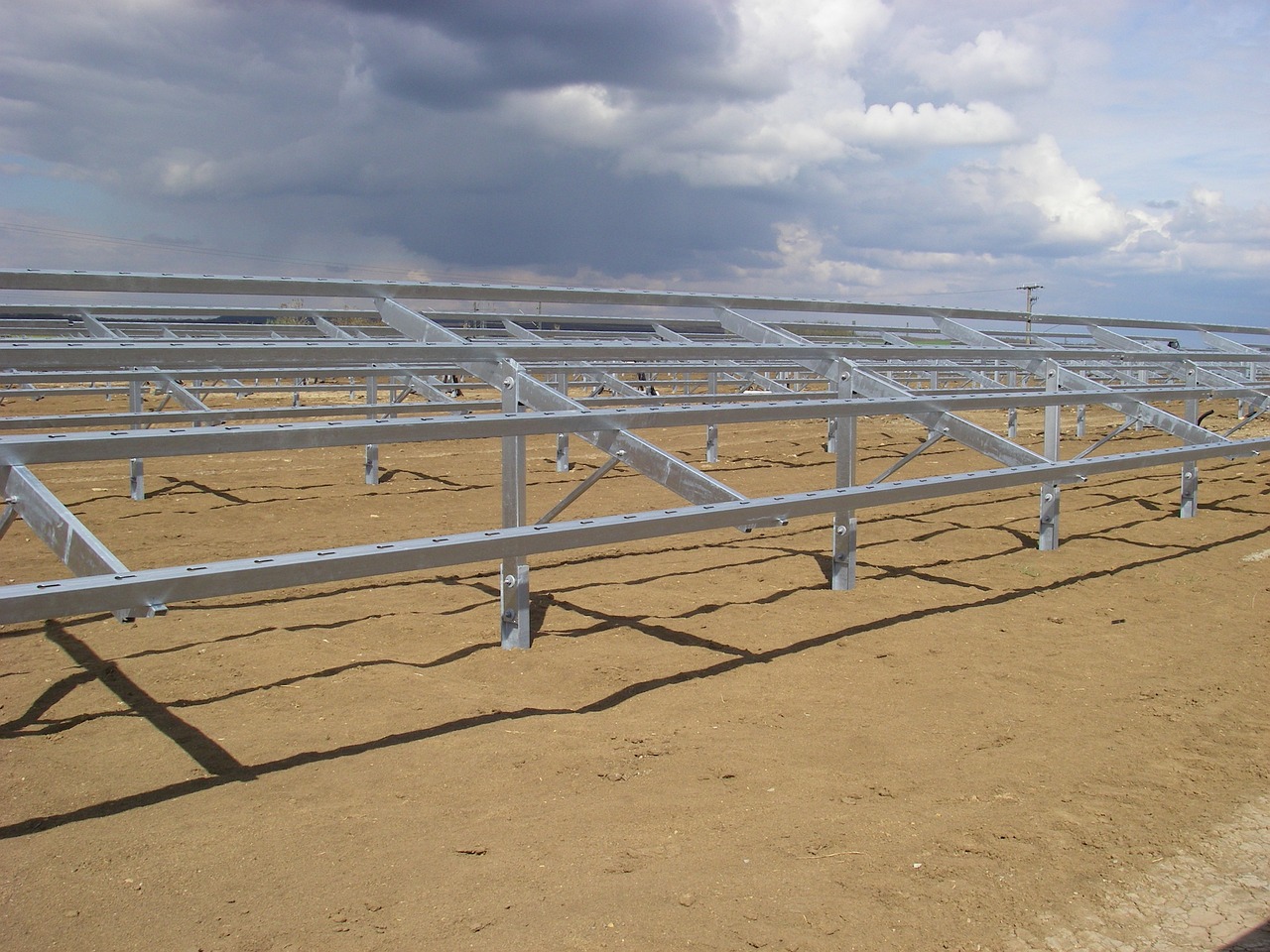
Technical Limitations
When we talk about solar roads, it's easy to get swept away by the vision of a future where our streets generate clean energy. However, the reality is that these innovative surfaces come with a set of that can pose significant challenges. One of the most pressing issues is the energy conversion efficiency of the photovoltaic cells embedded in the road. Current technologies typically convert only about 15-20% of sunlight into usable electricity, which is considerably lower than traditional solar panels that can achieve efficiencies upwards of 22%. This discrepancy raises questions about the overall viability of solar roads as a primary energy source.
Moreover, the durability of solar road materials is another major concern. Roads are subjected to heavy traffic, extreme weather conditions, and wear over time. The materials used in solar roads must withstand these stresses while still functioning effectively. Research has shown that many existing solar road designs struggle with cracking and degradation, leading to reduced lifespan and increased maintenance costs. For instance, a recent study highlighted that some solar pavements could lose up to 30% of their efficiency within just a few years due to environmental wear and tear.
Another technical limitation is the integration of solar technology with existing infrastructure. Many urban areas have outdated road systems that may not be compatible with the installation of solar panels. Retrofitting these systems can be complicated and costly, which raises further concerns about the feasibility of widespread adoption. Additionally, the installation process itself can be disruptive, leading to traffic delays and increased costs for municipalities.
To give you a clearer picture, here’s a
| Technical Limitation | Description |
|---|---|
| Energy Conversion Efficiency | Current solar roads convert only 15-20% of sunlight into usable energy. |
| Durability | Many designs face issues with cracking and degradation under stress. |
| Infrastructure Integration | Older road systems may require costly retrofitting for compatibility. |
| Installation Disruption | Installation can lead to significant traffic delays and increased costs. |
In summary, while the concept of solar roads is certainly exciting, we must address these head-on. Ongoing research aims to improve the efficiency and durability of solar technologies, but until these challenges are resolved, the widespread adoption of solar roads may remain a distant dream. Just like a puzzle, every piece needs to fit perfectly for the picture to come together, and in the case of solar roads, we still have a few pieces to refine.
- What are solar roads made of? Solar roads are typically made from durable materials like concrete or asphalt, embedded with photovoltaic cells that convert sunlight into electricity.
- How much energy can solar roads generate? The energy generated varies based on factors like location, sunlight exposure, and the efficiency of the solar cells used.
- Are solar roads cost-effective? While initial installation costs can be high, potential long-term savings on energy and maintenance may offset these expenses over time.
- Can solar roads withstand heavy traffic? Yes, but the durability of the materials used is crucial; ongoing research aims to enhance their resilience.
- Where are solar roads currently being implemented? Several countries, including the Netherlands and France, have initiated solar road projects, showcasing various applications and outcomes.
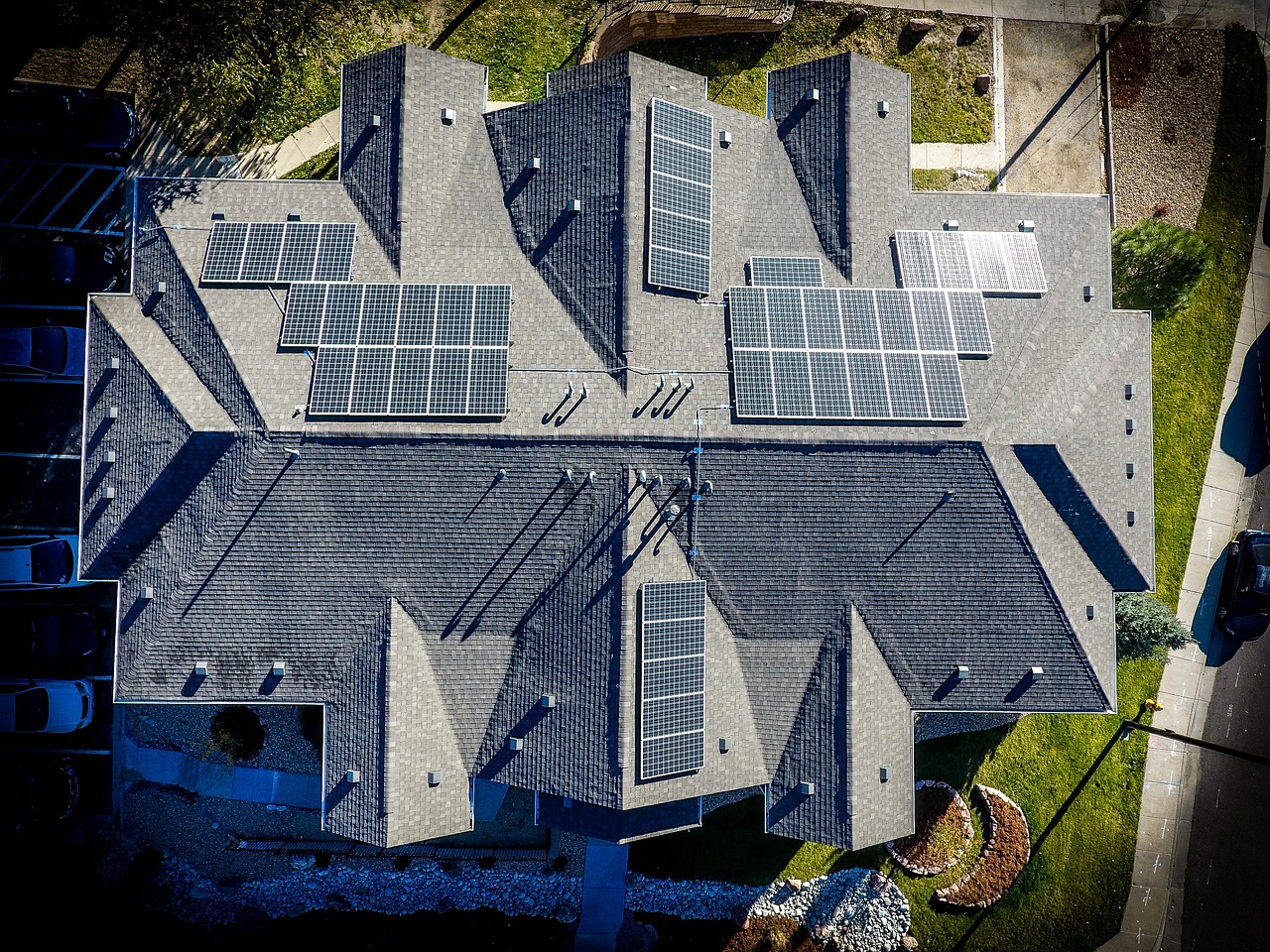
Cost-Benefit Analysis
When it comes to the implementation of solar roads, a is crucial for understanding their viability. At first glance, the idea of embedding photovoltaic cells into road surfaces might seem like a futuristic dream. However, the reality of such projects is layered with complexities that require a deep dive into both the initial costs and the long-term benefits.
To break it down, the initial investment for solar roads can be quite high. This includes costs associated with materials, labor, and technology. For instance, the average cost of installing solar panels on traditional rooftops can range from $15,000 to $25,000, depending on the size and location. Now, imagine the cost of integrating similar technology into a road, where the surface must withstand heavy traffic and environmental conditions. According to various studies, the installation costs for solar roads can exceed $1 million per mile.
However, the long-term benefits can be substantial. Solar roads not only generate renewable energy but can also lead to significant cost savings over time. For example, municipalities could see reductions in electricity costs, as the energy produced can be used to power streetlights, traffic signals, and other public infrastructure. In fact, a study by the National Renewable Energy Laboratory indicated that solar roads could potentially generate enough energy to power up to 50% of a city's energy needs.
Moreover, the environmental benefits of solar roads contribute to their overall value. By reducing reliance on fossil fuels, these roads can help lower greenhouse gas emissions, which can translate into health cost savings for communities. A cleaner environment often leads to lower healthcare costs associated with pollution-related illnesses.
Here's a simple comparison table that outlines the costs and benefits:
| Aspect | Costs | Benefits |
|---|---|---|
| Installation | $1 million per mile | Potential energy generation |
| Maintenance | Higher due to technology | Reduced electricity bills |
| Environmental Impact | Initial carbon footprint | Lower greenhouse gas emissions |
| Long-term Savings | Delayed ROI | Health cost reductions |
Ultimately, the for solar roads is not just a matter of numbers; it’s about envisioning a sustainable future. While the upfront costs may appear daunting, the long-term benefits—both financial and environmental—could pave the way for a greener, more energy-efficient society. As technology advances and economies of scale come into play, we may find that solar roads become an increasingly feasible solution for urban infrastructure.
- What are solar roads? Solar roads are road surfaces embedded with photovoltaic cells that generate electricity while serving as functional roadways.
- How much do solar roads cost to install? Installation costs can exceed $1 million per mile, depending on various factors.
- What are the environmental benefits of solar roads? They help reduce greenhouse gas emissions and reliance on fossil fuels, contributing to cleaner air and health cost savings.
- Can solar roads generate enough energy for a city? Yes, they have the potential to generate up to 50% of a city's energy needs.
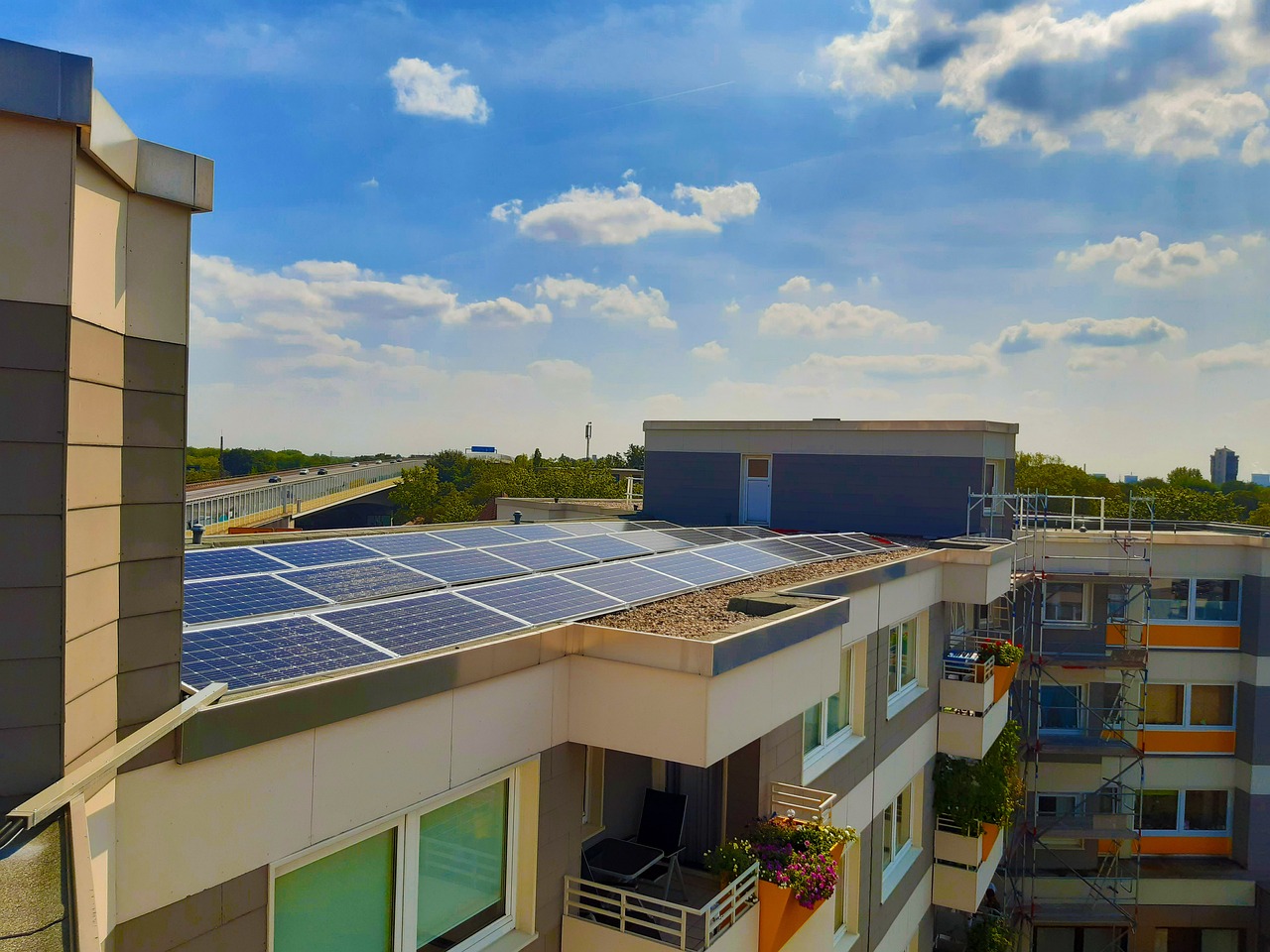
Case Studies and Real-World Applications
When it comes to the implementation of solar roads, several pioneering projects across the globe are paving the way for a sustainable future. These case studies not only showcase the potential of solar road technology but also provide valuable insights into its practical applications and effectiveness in real-world scenarios. One notable example is the Solar Roadway project in Idaho, USA, which has been making waves since its inception. This ambitious initiative aims to replace traditional asphalt with solar panels that can generate electricity while also providing a durable surface for vehicles.
Another remarkable project is found in the Netherlands, where a section of the highway has been transformed into a solar road known as Solaroad. This innovative stretch of road has been operational since 2014 and has successfully generated enough energy to power nearby streetlights and even homes. The Solaroad project has not only provided renewable energy but has also sparked interest in further developments and expansions of solar roads throughout Europe.
In addition to these projects, China has also jumped on the solar road bandwagon with its own initiative in Jinan. The city constructed a solar road that features transparent solar panels, allowing sunlight to penetrate and nourish the vegetation below. This dual-purpose approach not only generates energy but also promotes green spaces in urban areas. The project has been deemed a success, with significant energy output and positive feedback from the community.
These examples highlight the versatility and potential of solar roads to transform urban infrastructure. However, it's essential to analyze the impacts of these projects on local communities and economies. For instance, the Solaroad project in the Netherlands has not only contributed to energy generation but has also enhanced local tourism, drawing visitors curious about this innovative technology. Furthermore, the economic implications can be significant, as municipalities can potentially reduce their energy costs and generate revenue through energy sales.
To better understand the effectiveness of these projects, let’s take a look at a comparative table summarizing key case studies:
| Project Name | Location | Year Established | Energy Generated | Community Impact |
|---|---|---|---|---|
| Solar Roadway | Idaho, USA | 2014 | Varies | Increased awareness and interest in solar technology |
| Solaroad | Netherlands | 2014 | Enough to power local streetlights | Boosted local tourism |
| Jinan Solar Road | China | 2018 | Significant energy output | Enhanced urban green spaces |
These case studies illustrate that solar roads are not just an idea but a reality that can drive sustainable urban development. As cities continue to grapple with energy demands and climate change, the lessons learned from these projects can guide future implementations. The challenges faced, such as durability and efficiency, can be addressed through ongoing research and development, ensuring that solar roads become a viable option for cities worldwide.
In conclusion, the success of these solar road projects lays a strong foundation for future innovations in green infrastructure. As more cities consider this technology, the potential for solar roads to reshape our urban landscapes and contribute to a sustainable future is immense. The journey has just begun, and the road ahead looks promising!
1. What are solar roads made of?
Solar roads are typically made of durable materials embedded with photovoltaic cells that convert sunlight into electricity. These materials are designed to withstand the weight and wear of vehicles while generating renewable energy.
2. How much energy can solar roads generate?
The energy output of solar roads varies based on factors such as location, sunlight exposure, and the technology used. Some projects have reported generating enough energy to power streetlights or contribute to the local grid.
3. Are solar roads cost-effective?
While the initial installation costs can be high, solar roads have the potential for long-term savings on energy costs and can generate revenue through energy sales, making them a worthwhile investment for municipalities.
4. What are the challenges of implementing solar roads?
Challenges include high installation costs, durability concerns, and energy conversion efficiency. Ongoing research is focused on overcoming these limitations to enhance the viability of solar roads.
5. Where can I find solar roads in operation?
Solar roads can be found in various locations worldwide, with notable projects in the USA, Netherlands, and China. As interest grows, more cities are exploring the implementation of solar road technology.

Innovative Projects
When it comes to solar roads, the world is buzzing with groundbreaking projects that are not only pushing the boundaries of technology but also redefining what sustainable infrastructure looks like. One of the most notable examples is the Solar Roadway project in Idaho, USA. This ambitious initiative aims to replace traditional asphalt with solar panels that can generate electricity while also providing a durable surface for vehicles. Imagine driving on a road that not only takes you to your destination but also powers your home! The project has garnered significant attention and funding, showcasing the potential for solar roads to revolutionize our infrastructure.
Another remarkable example can be found in the Netherlands, where the Solarweg project features a bike path made entirely of solar panels. This innovative path, which stretches over a kilometer, has been generating electricity since its launch in 2014. The project has proven to be a success, producing enough energy to power nearby homes and even feeding surplus energy back into the grid. It's a fantastic illustration of how solar roads can be integrated into existing urban landscapes, providing both functionality and sustainability.
In France, the Wattway project has taken a different approach by installing solar panels on existing roadways. This initiative aims to transform the surfaces of over 1,000 kilometers of roads into energy-generating assets without the need for extensive new construction. The panels are designed to withstand heavy traffic while still being efficient enough to capture sunlight. This project is a testament to the adaptability of solar technology and its potential to enhance our current infrastructure.
These projects not only highlight the technological advancements in solar roadways but also emphasize the importance of community engagement and public support. Each project has faced its unique challenges, from technical limitations to funding issues, yet they have persevered, paving the way for future innovations. As we look to the future, it's clear that the integration of solar technology into our road systems is not just a dream; it's becoming a reality, one innovative project at a time.
As we explore these innovative projects, it's crucial to consider the broader implications of solar roads on urban planning and development. They represent a shift towards more sustainable cities, where infrastructure not only serves its primary purpose but also contributes positively to the environment. With continued investment and research, the potential for solar roads is limitless, and they could soon become a staple in urban infrastructure across the globe.
- What are solar roads? Solar roads are road surfaces embedded with photovoltaic cells that generate electricity while serving as functional roadways.
- How do solar roads benefit the environment? They help reduce greenhouse gas emissions and promote cleaner energy sources, contributing to the fight against climate change.
- What are some challenges facing solar roads? High installation costs, durability issues, and technological limitations are significant challenges to widespread adoption.
- Can solar roads generate enough energy to power homes? Yes, many innovative projects have shown that solar roads can generate sufficient energy to power homes and even feed surplus energy back into the grid.
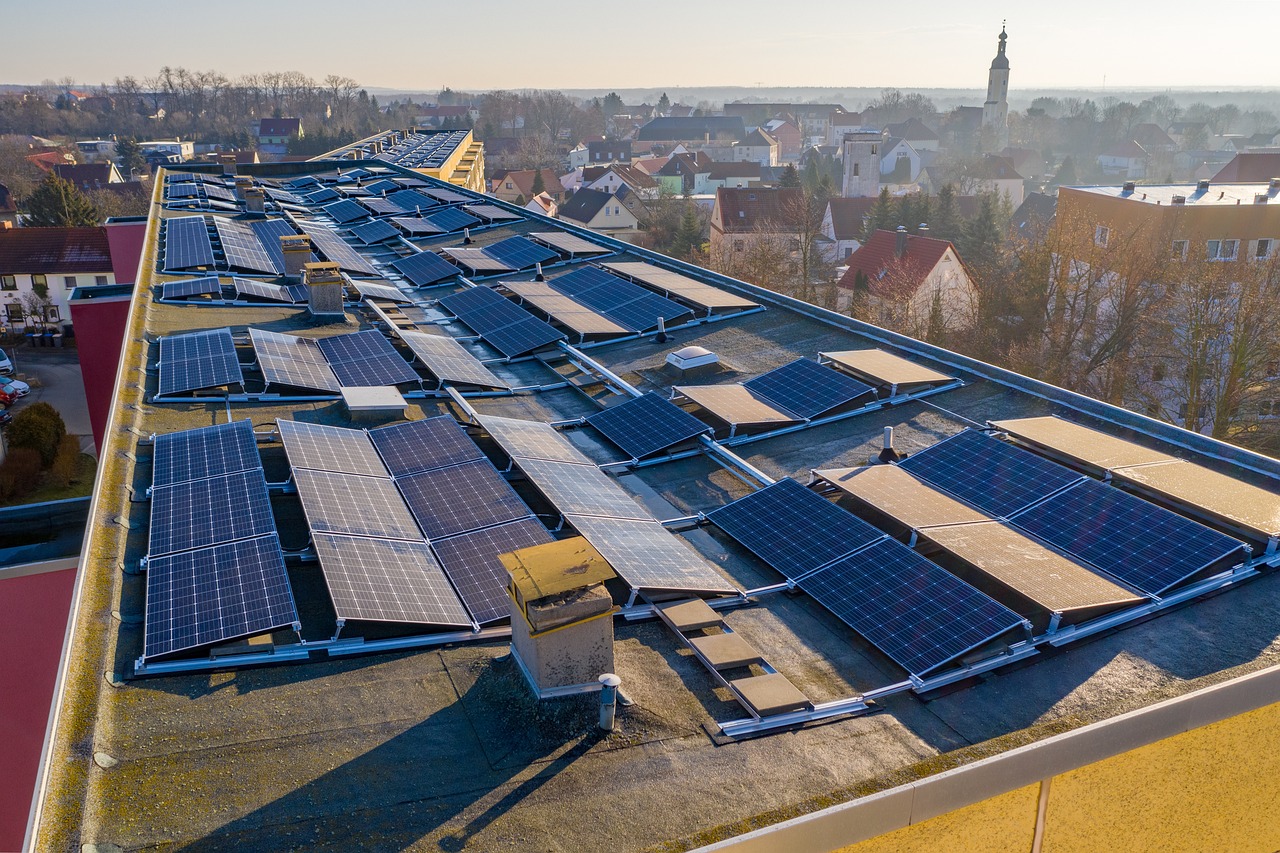
Lessons Learned
As we dive into the realm of solar roads, it becomes crucial to reflect on the from existing projects across the globe. These insights not only highlight the successes but also reveal the pitfalls that future implementations can avoid. For instance, one of the most significant takeaways is the importance of public engagement. Involving the community from the outset ensures that the projects meet local needs and gain public support. When residents feel included, they are more likely to embrace these innovative solutions.
Moreover, collaboration between governments, private companies, and research institutions has proven to be vital. Successful projects often feature a mix of expertise, pooling resources, knowledge, and technology. This collaboration can lead to innovative solutions that single entities might overlook. For example, the Solar Roadways project in Idaho faced numerous hurdles, but partnerships with local governments and universities helped them navigate technical challenges effectively.
Another critical lesson is the necessity of robust testing and evaluation prior to large-scale deployment. Many solar road projects have encountered issues related to durability and energy efficiency. By conducting thorough pilot studies, stakeholders can identify potential problems early on and make necessary adjustments. This proactive approach not only saves money but also increases the likelihood of long-term success.
Additionally, a comprehensive cost-benefit analysis is essential. While the initial investment for solar roads can be daunting, understanding the long-term savings and potential revenue generation can make the case much stronger. For instance, a project in France demonstrated that integrating solar panels into existing infrastructure can significantly reduce energy costs for municipalities over time.
Finally, the importance of adaptive design cannot be overstated. As technology evolves, so too should the designs of solar roads. Incorporating flexibility in design allows for upgrades and improvements as better materials and technologies become available. This adaptability ensures that solar roads remain relevant and effective in the face of changing energy demands and environmental conditions.
- What are solar roads? Solar roads are roadways embedded with photovoltaic cells that generate electricity while serving as functional surfaces for vehicles and pedestrians.
- How do solar roads benefit the environment? They reduce greenhouse gas emissions, promote renewable energy, and help mitigate the urban heat island effect.
- What challenges do solar roads face? Major challenges include high installation costs, durability issues, and the need for further technological advancements.
- Are there any successful examples of solar roads? Yes, projects in countries like France and the United States have shown promising results in terms of energy generation and community impact.
- What are the future prospects for solar roads? With ongoing research and development, solar roads hold great potential for sustainable urban infrastructure, but widespread adoption will require overcoming current challenges.
Frequently Asked Questions
- What exactly are solar roads?
Solar roads are innovative surfaces that incorporate photovoltaic cells to generate electricity while functioning as regular roadways. They are designed to harness solar energy, providing a dual purpose of transportation and energy production, making them a fascinating solution for sustainable infrastructure.
- What are the main benefits of solar roads?
Solar roads offer numerous benefits, including the generation of renewable energy, a reduction in carbon footprints, and potential cost savings over time. By utilizing these roads, cities can contribute to sustainable urban development and combat climate change.
- How do solar roads impact the environment?
Solar roads can significantly reduce greenhouse gas emissions by providing a clean energy source. They also help mitigate the urban heat island effect, as their reflective materials can lower surrounding temperatures, contributing to a healthier urban climate.
- What challenges do solar roads face?
Despite their potential, solar roads encounter significant challenges, such as high installation costs, durability issues, and technological limitations. These obstacles can hinder widespread adoption and require ongoing research and innovation to address.
- Are solar roads economically viable?
While solar roads can offer long-term savings through energy generation, a thorough cost-benefit analysis is essential. Factors such as installation costs, maintenance, and potential revenue generation must be carefully evaluated to determine their financial feasibility.
- What are some real-world examples of solar roads?
There are several innovative solar road projects around the world that showcase the technology's effectiveness. These case studies highlight the practical applications and positive impacts on local communities, providing valuable insights for future developments.
- What lessons have been learned from existing solar road projects?
Analyzing past solar road implementations reveals best practices and strategies for optimizing future projects. Understanding what worked and what didn't can guide the development of more efficient and effective solar road solutions.



















